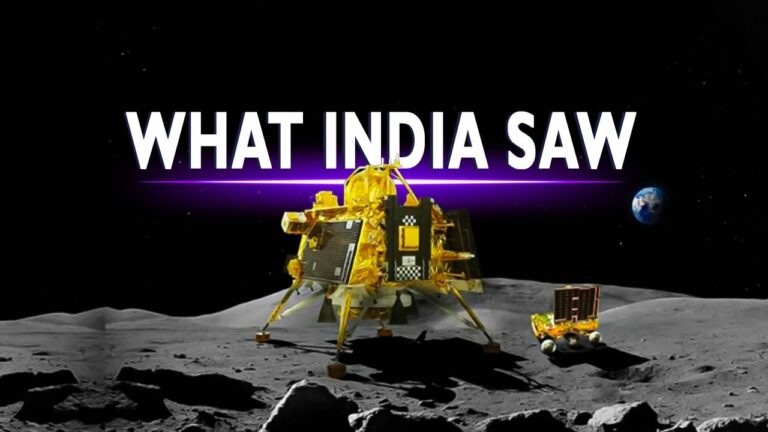Something Precious Might Be Hiding Below The Moon Surface: Chandrayaan-3 ISRO Mission
Save the date: 23 August 2024. That will be the first National Space Day ever celebrated in India.
Yes, the first one, because this day was set aside in India to commemorate one of the most relevant scientific achievements of the century: the successful landing on the Moon by the Chandrayaan-3 mission.
Needless to say, landing on the Moon is no picnic. But landing on the South Pole is even harder, due to the mountainous terrain, creators, and unpredictable lighting. Yet, the mission was a success.
Armed with a lander and a rover, the Indian Space Research Organization (ISRO) ventured on a quest to find more about our Moon. What is it made of? How did it really form? Most importantly, they wanted to find in situ proof of the existence of water on the surface.
Scientists found all kinds of molecules and even detected what is thought to be a moonquake. However, they could not find any signs of water. This raises the one billion dollar question: where is water on the moon?
—
Chandrayaan-3 and Chandrayaan-2
The good missions are the ones where you go where nobody has gone before, and you do the things nobody has done before.
According to this statement, Chandrayaan-3 was definitely one of the best missions of the decade.
Water Evidence
As you might have thought, there must have been a Chandrayaan-1 mission too, right? And if so, was it a copy of the latter? Or was it something different? What was its purpose?
Chandrayaan-1 was India’s very first lunar probe. It was launched almost 16 years ago, on October 22, 2008, with the goal of exploring the Moon and conducting various scientific experiments.
—
Discoveries
Traces of sulfur, oxygen, even Calcium, and Chromium were found in the chemical studies to address the actual composition of the Moon soil at the south pole.
This was made possible by the Laser-induced Breakdown Spectroscopy instrument. To observe a substance, LIBS fires laser pulses at a sample, which then vaporizes it into a brief plasma, which then re-emits some light, depending on its composition.
—
The Slow Moving Rover
ISRO has released an image showcasing the progress of Pragyan Rover’s exploration on the Moon, as it reaches a distance of 100 meters.
While it may seem slow compared to Usain Bolt’s speed, it’s important to remember the unique challenges of lunar terrain.”
Do not forget to share your opinion with us to provide you with the best posts !




0 Comments